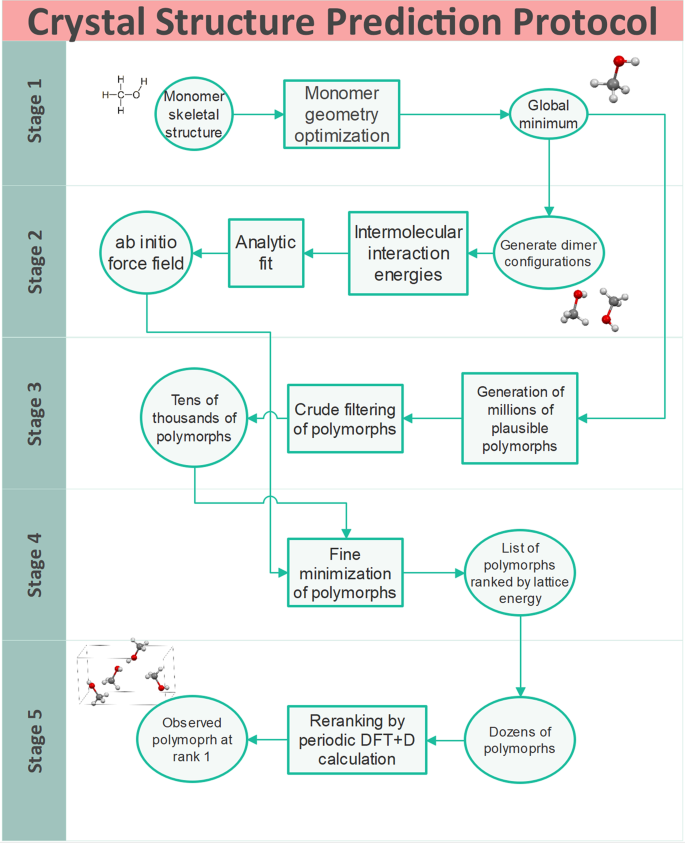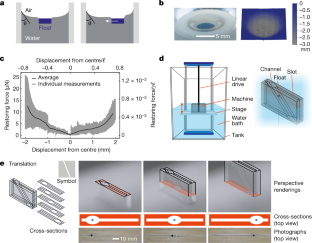UDのSzalewiczとNikharは、量子力学を利用して予測を向上させる UD’s Szalewicz and Nikhar use quantum mechanics to improve predictions
2022-10-25 デラウェア大学 (UD)
結晶構造がどのように形成され、どのように振る舞うかを正確に理論的に予測することは、多くの応用分野において、意図しない望ましくない結果を防ぐために非常に重要である。
研究者が開発した方法は、実験を必要とせず、量子力学の方程式を利用するものである。
この手法により、何カ月もかけて計算する必要がなくなり、予測できる分子の範囲が広がり、コストが劇的に削減され、予測の信頼性も高まった。
<関連情報>
- https://www.udel.edu/udaily/2022/october/quantum-mechanics-physics-crystal-structure-predict-krzysztof-szalewicz/
- https://www.nature.com/articles/s41467-022-30692-y
第一原理からの信頼性の高い結晶構造予測 Reliable crystal structure predictions from first principles
Rahul Nikhar & Krzysztof Szalewicz
Nature Communications Published:02 June 2022
DOI:https://doi.org/10.1038/s41467-022-30692-y

Abstract
An inexpensive and reliable method for molecular crystal structure predictions (CSPs) has been developed. The new CSP protocol starts from a two-dimensional graph of crystal’s monomer(s) and utilizes no experimental information. Using results of quantum mechanical calculations for molecular dimers, an accurate two-body, rigid-monomer ab initio-based force field (aiFF) for the crystal is developed. Since CSPs with aiFFs are essentially as expensive as with empirical FFs, tens of thousands of plausible polymorphs generated by the crystal packing procedures can be optimized. Here we show the robustness of this protocol which found the experimental crystal within the 20 most stable predicted polymorphs for each of the 15 investigated molecules. The ranking was further refined by performing periodic density-functional theory (DFT) plus dispersion correction (pDFT+D) calculations for these 20 top-ranked polymorphs, resulting in the experimental crystal ranked as number one for all the systems studied (and the second polymorph, if known, ranked in the top few). Alternatively, the polymorphs generated can be used to improve aiFFs, which also leads to rank one predictions. The proposed CSP protocol should result in aiFFs replacing empirical FFs in CSP research.



